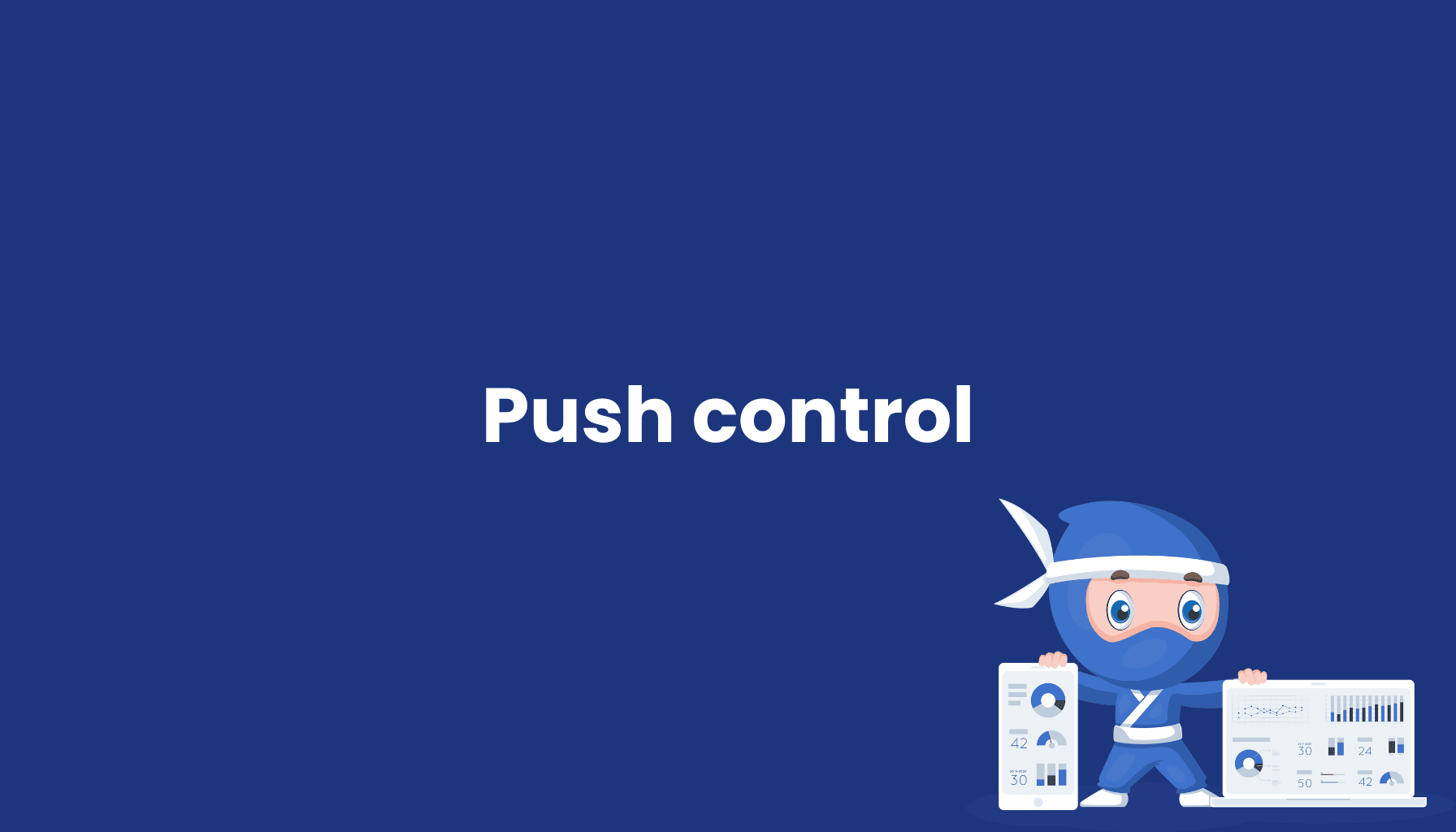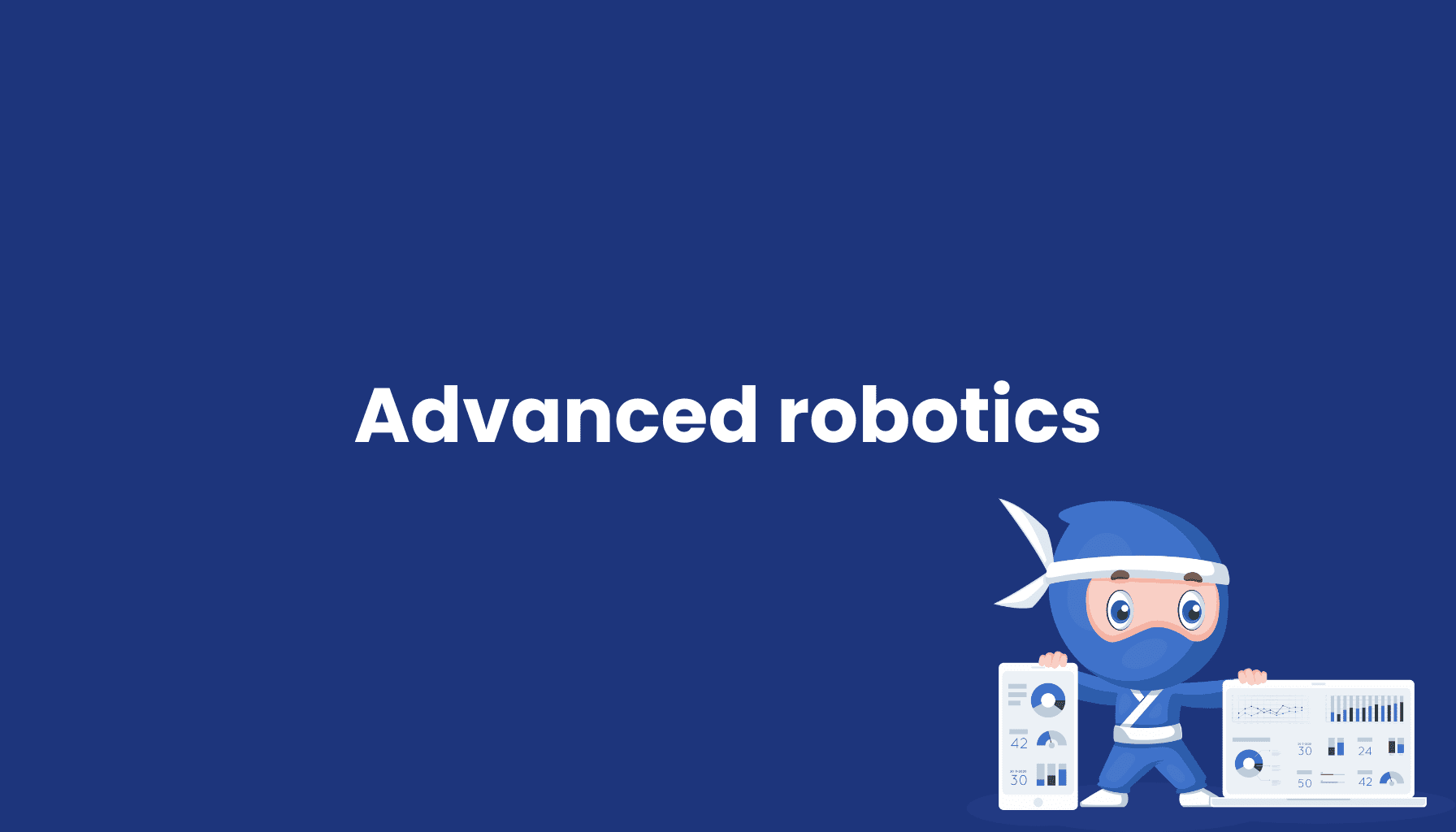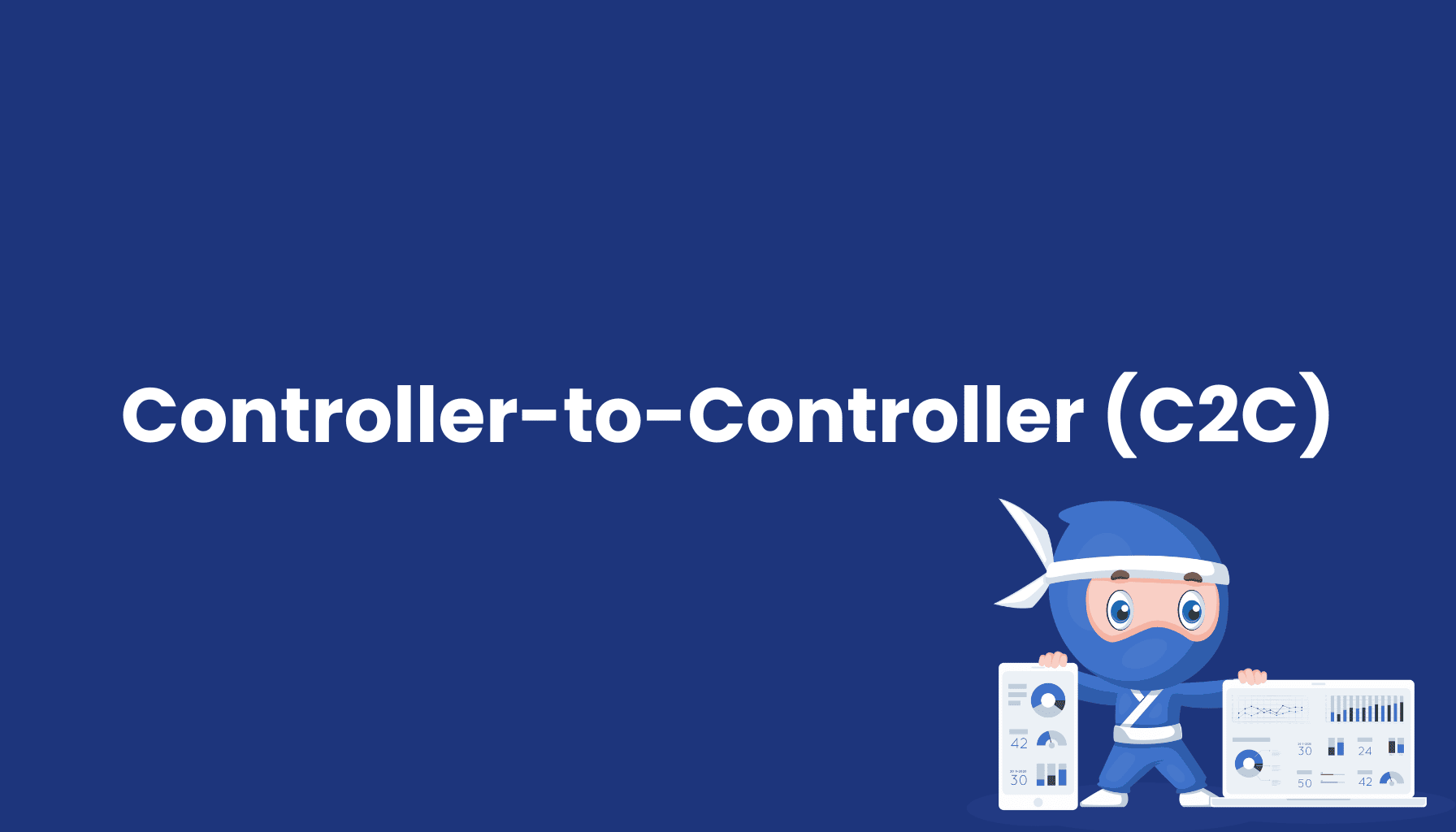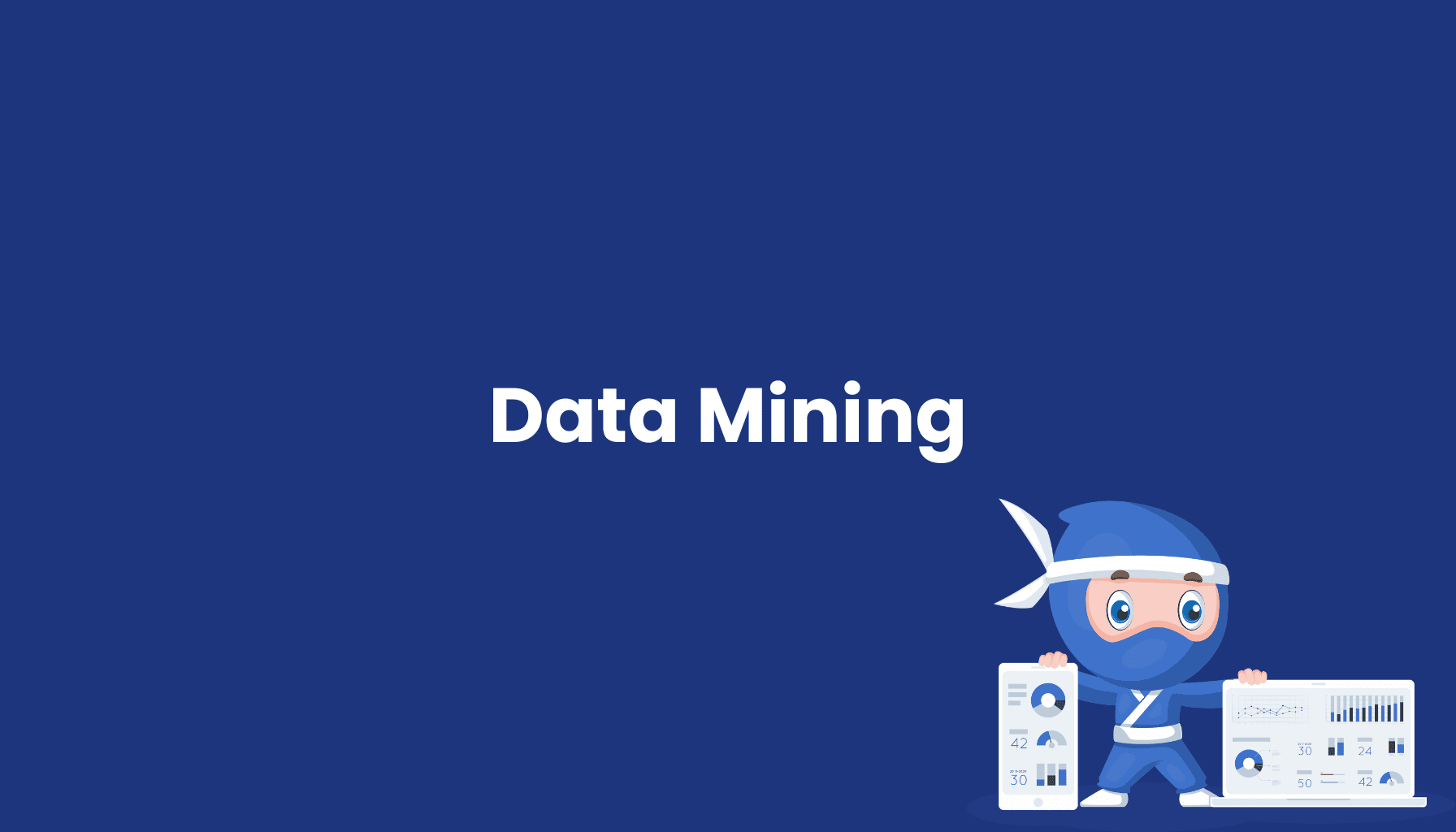Push control

What is Push Control?
Push control is a production approach where manufacturing is based on forecasts and preplanned production schedules. In a push system, materials and products are “pushed” to the next stage of production, regardless of actual demand. This centralized control relies on historical data and expected demand to drive production, ensuring a consistent flow of materials throughout the process.
Advantages of Push Control
-
Planning Reliability
Push control provides a high level of planning reliability, essential for large-scale production and well-structured operations. -
Efficiency in Stable Environments
It is well-suited for production settings with stable demand and long lead times, where forecasts tend to be more reliable. -
Continuous Production
Push control enables continuous production by keeping all production stages constantly supplied with materials, reducing downtime in predictable markets.
Disadvantages of Push Control
-
Overproduction
Variations between forecasted and actual demand can lead to overproduction, resulting in excess inventory and potential financial losses. -
High Inventory Levels and Storage Costs
Since products and materials are produced and stored based on forecast rather than real-time demand, high inventory levels can incur additional storage costs. -
Lack of Flexibility
Push control operates on fixed schedules, making it less adaptable to unexpected demand changes. This can be particularly challenging in dynamic markets where demand shifts rapidly.
Application Areas of Push Control
-
Mass Production
Push control is commonly used in mass production environments where demand is steady and predictable, such as for standard products like household goods or packaging. -
Products with Long Lead Times
Push control is ideal for products with long, complex manufacturing processes, such as in the automotive or machinery industries, where precise planning and material flow control are essential.
Conclusion
Push control is a viable approach for stable demand environments and long lead times, offering planning reliability and continuous production. However, there is a risk of overproduction and high storage costs if actual demand deviates from forecasts. In volatile markets, a pull control system or a hybrid solution may offer more flexibility.





